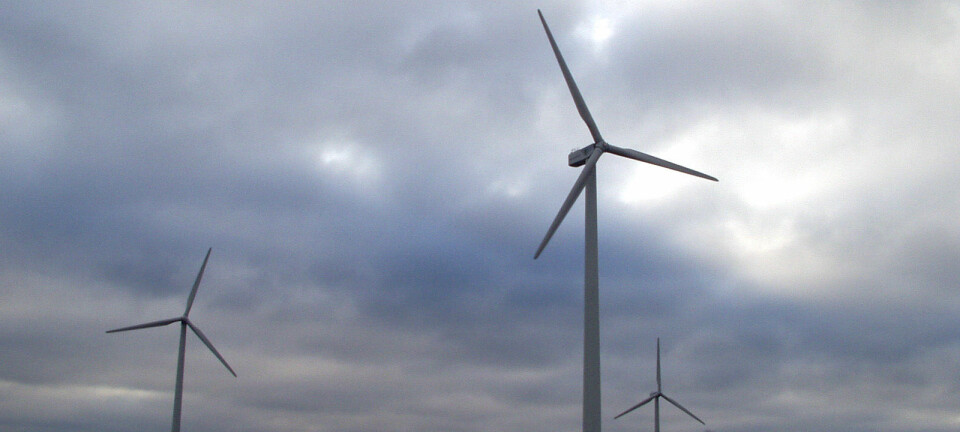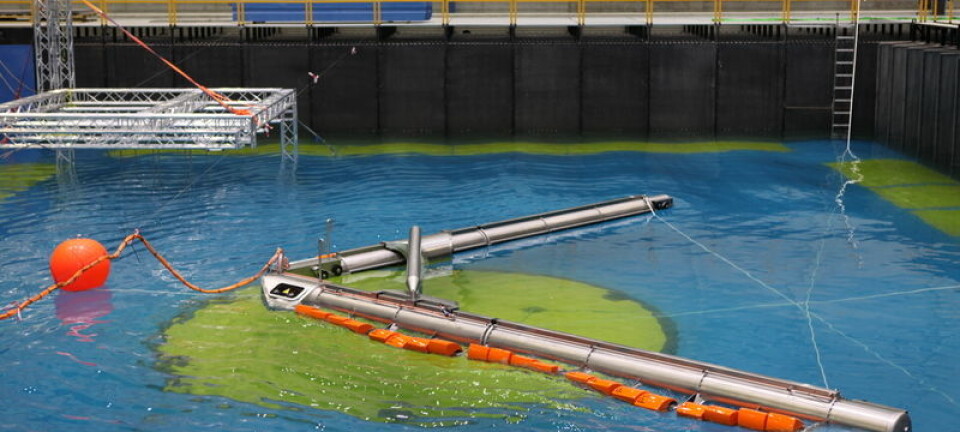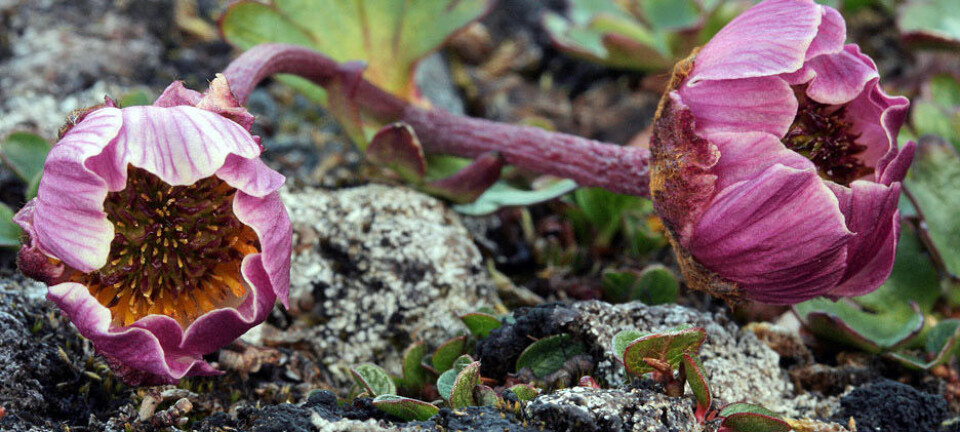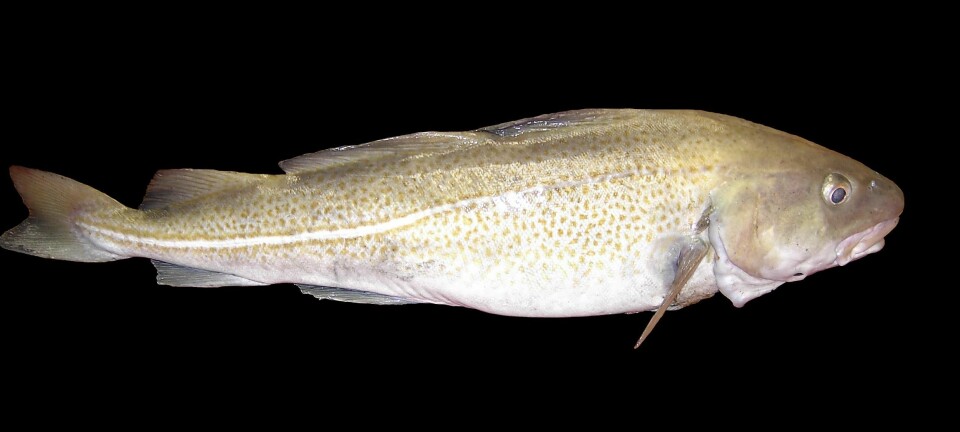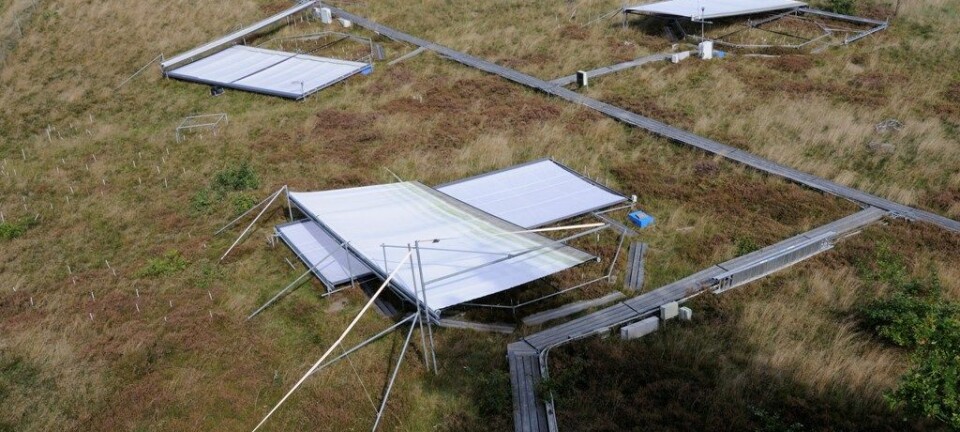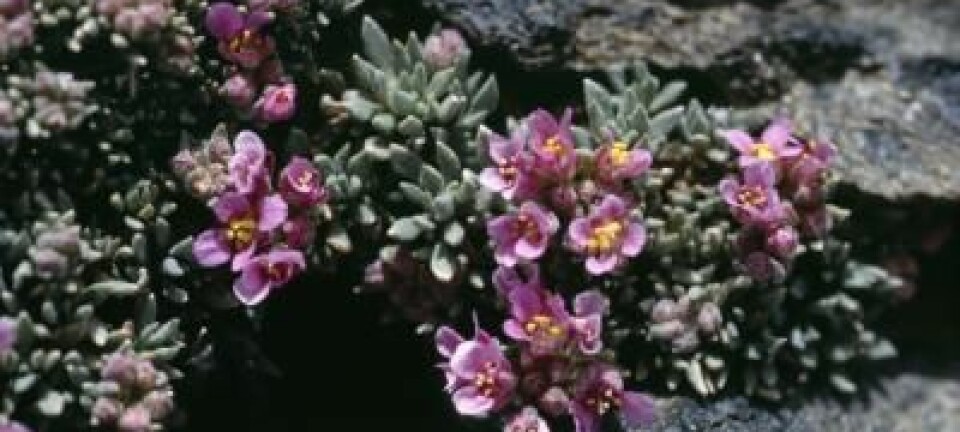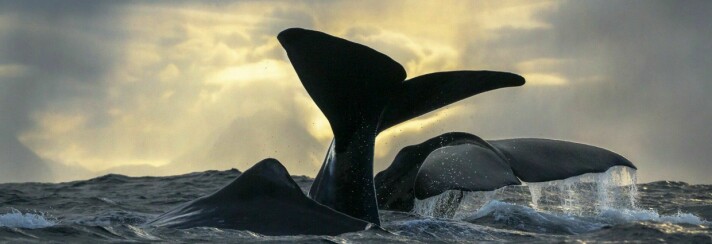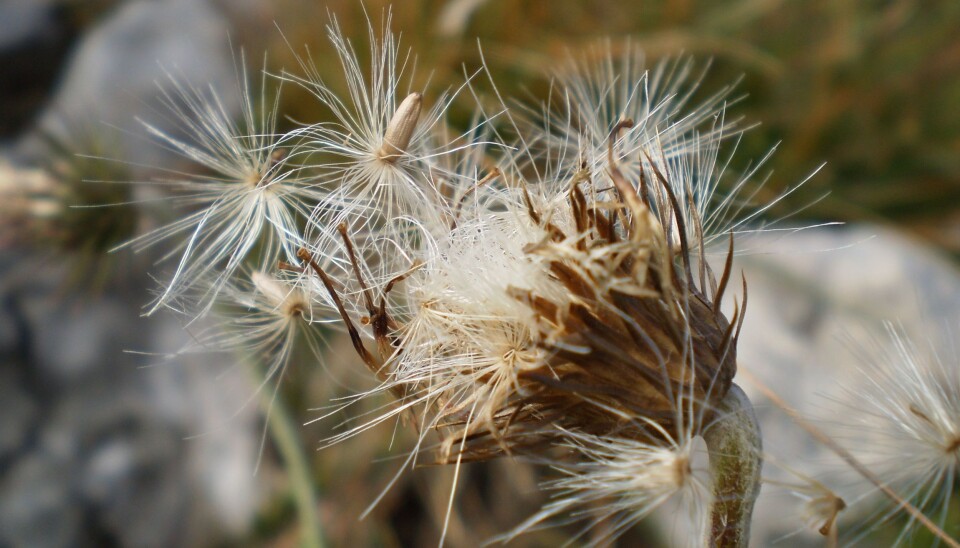
Still time to save our plants from climate change
Climate change will cause plant species to disappear more slowly than previously thought. While this gives us time to rescue our plant life, it means we may begin to underestimate the effects of global warming.
Most climate-based models predict that most of the Earth’s plant species will disappear completely or their numbers will be heavily reduced in the period to the year 2100 due to the effects of global warming.
However, new international research with Danish participation indicates that the effects of climate change will not be as immediately evident as previously expected.
Climate change will not cause plants to die out in just a few years – there will be a long period of several decades in which the number of plant species will slowly but surely be dropping.
The new study shows this slower rate of extinction can lead us to underestimate the impact that climate change has on various ecosystems. But at the same time it also gives us time to move plants before it’s too late.
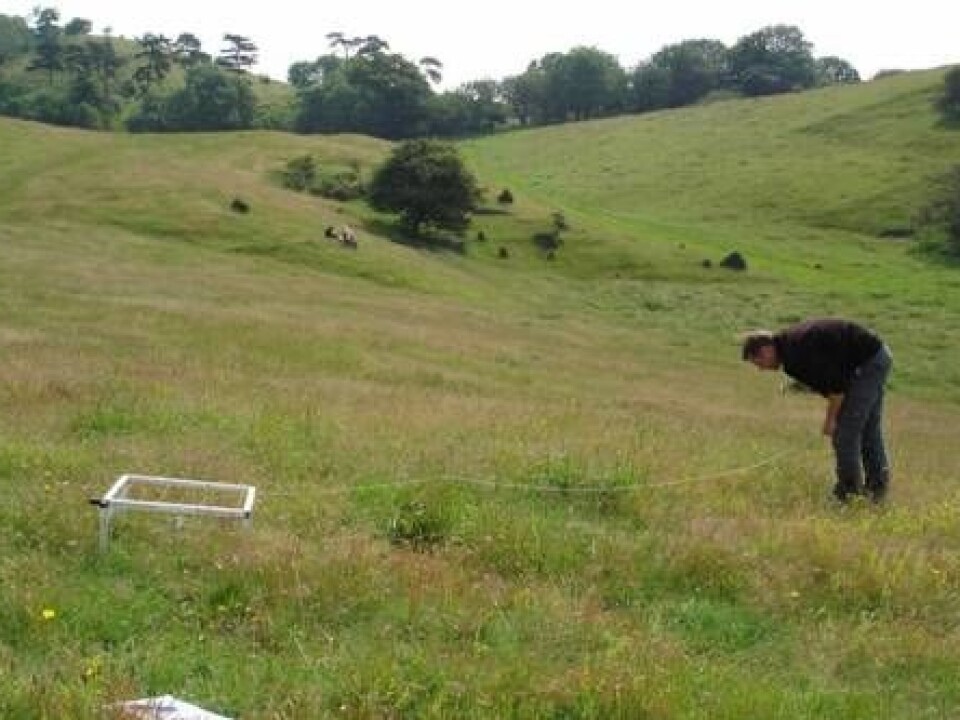
The study has just been published in the scientific journal Nature Climate Change.
“One of the most important results of the new study is that the process of plant extinction can last for decades,” says Professor Jens-Christian Svenning, of Aarhus University’s Department of Bioscience - Ecoinformatics and Biodiversity, who headed the Danish contribution to the study.
“There will still be many plant species in 50 years’ time, for instance, and this can make us believe that plants are not threatened by climate change,” he says. “But the environment in which the plants grow will have changed and the plants will still be dying out.”
Nature is changing
The effects that global warming has on the environment have been an international focal point for many years.
Taken as a whole, we have made the most sophisticated analysis model for the impact of climate change on the population and spread of plant species.
Jens-Christian Svenning
Over the past decade, researchers around the world have made numerous models of the probable impact of climate change on the Earth’s animal and plant life.
A large proportion of these climate-based models show that 20 to 30 percent of plant species will have lost 80 to 100 percent of their distribution by the year 2100 due to global warming.
The most extreme of the earlier climate models predict an even bleaker future in which more species die out.
“But the earlier models do not represent the precise ecological processes in the same way that our new model does,” says Svenning. “Therefore they overlook vital aspects in the influence of climate change on plant life.”
Study’s three salient aspects
The professor says there are three salient aspects in the international research group’s new work:
1. The group has developed the hitherto most realistic analysis of the influence of climate change on the diversity of plant species. This means the group has generated a model that is better able to predict how nature will develop in the future. And the new model confirms that global warming is a great threat to biodiversity.
2. One of the most important findings of the new analysis model is that the process of plant extinction will take decades or even centuries. This means that we cannot rely solely on observations of the distribution of plant species to determine whether or not they are threatened by climate change. Many plants will be threatened even though their distribution is less reduced than expected in the period to the year 2100.
3. The study also indicates that future plant life will to a far greater extent be out of balance with the climate. If the plant species in an area in the future are being affected by climate change, there will be an ongoing but delayed change in the species to a far greater extent than we see today. Dominant species will at any time often experience unsuitable climate conditions and be on the road to extinction. Other plant species will be better adapted to the new climate and thus gradually come to dominate. It will often be chance that decides which species spread successfully in an area, and this migration will also often be delayed in relation to climate change.
Not so bad that others can’t benefit
Although we may call it an inconvenience that plant species die out slowly compared with our ability to assess whether or not they are threatened by climate change, this development is not so bad that other species cannot benefit from it.
“The slow death process gives people involved in nature conservation time to react,” says Svenning.
“If we know the real threat, we have the necessary time to move plants to areas better suited to their needs. In this way we can help prevent some plant species disappearing completely.”
Studied 150 plant species
The study involved modelling the effects of climate change on 150 plant species in the Alps.
The scientists gathered data from more than 14,000 vegetation plots and correlated this information with data about the species’ ecology to determine what climate change means for each species.
In the model, the researchers put numerical values on the effects of climate change on factors such as the plants’ growth rate, mortality and germination. The species’ methods of spreading geographically – including the speed at which they can migrate in the landscape – were also included in the model. The analyses were carried out with an unprecedented geographical precision – in fields measuring 100 x 100 m covering more or less the whole of the Alpine area.
“Taken as a whole, we have made the most sophisticated analysis model for the impact of climate change on the population and spread of plant species,” he says.
“This means that our model gives the most ecologically realistic predictions about natural environments in the future.”
The Alps tell us something about all of Earth’s nature
Choosing Alpine plants is good for this type of research as they can tell us something about all of the natural environments on Earth. But the choice also gives headaches for countries with less mountainous terrain.
In the Alps, plants do not have to migrate very far to reach areas with a higher or lower average temperature – they need only migrate a couple of hundred meters up or down the mountainside: the temperature changes quite rapidly when you move vertically, and a difference of 200 m in altitude gives a temperature difference of one degree Celsius.
For plants in the fairly flat terrain of Denmark, however, finding a more optimal temperature is much more difficult – plants may have to migrate northwards to Norway or Sweden to find temperatures that are lower than in Denmark.
“When we study plants in the Alps, we are actually looking at an area where the consequences of climate change are minimal,” says Svenning.
“Here, plants can easily migrate to more optimal temperatures. Therefore it is also of very great concern when we estimate that 30-50 percent of Alpine plants will suffer badly because of climate change – what will the situation be like for plants in parts of the world with flatter terrain?”
-------------------------------
Read this story in Danish at videnskab.dk
Translated by: Michael de Laine
